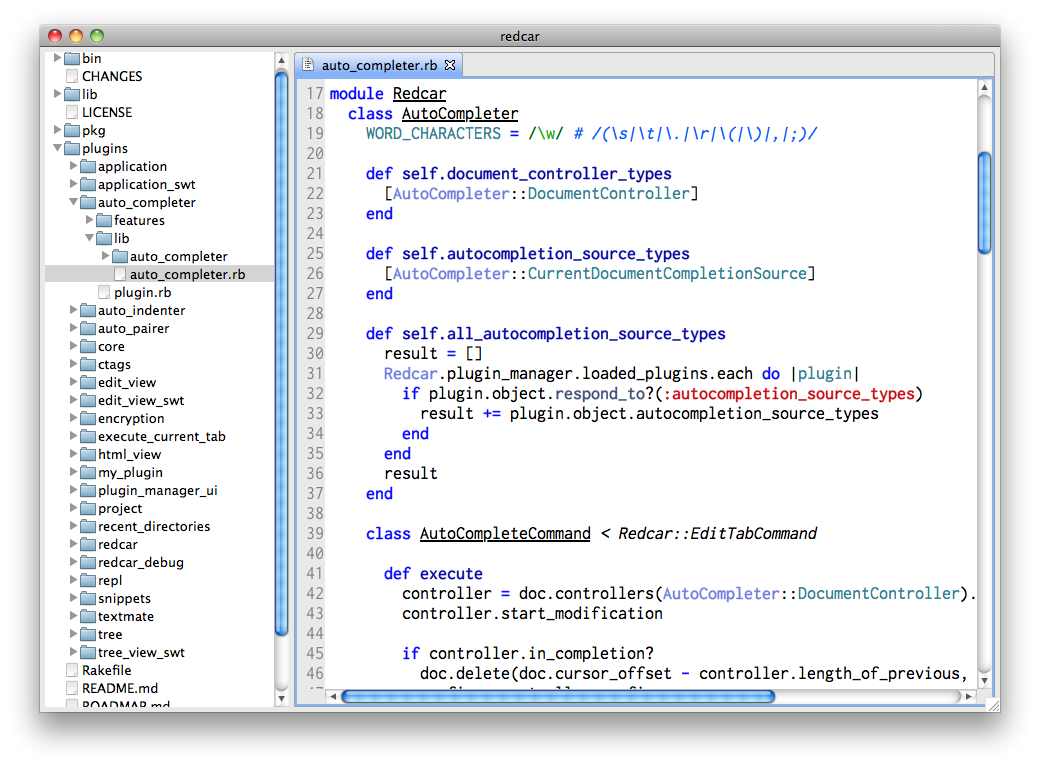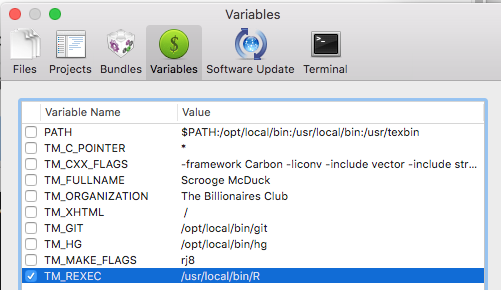
Just swap out plugins for themes in your terminal command and you will see all the current themes installed. The same counts for your themes! On installation of Oh-My-ZSH, lots of different themes were installed for you to be accessed at any time. Or this to view in your Finder: open ~/.oh-my-zsh/plugins If you want to have a look yourself what plugins you currently have installed simply execute this, to see all the plugins your terminal: ls ~/.oh-my-zsh/plugins So, that once you add a plugin in the array and restart iTerm2, all that Oh-My-ZSH needs to do is to fetch that already installed plugin from the plugin folder and give you a *seeming less experience. What you might not know is that, during our installation of Oh-My-ZSH, all of the plugins that are listed in the official documentation were installed at *~/.oh-my-zsh/plugins. When we setup up our default plugins in the first part of this series, we simply added them to the array of plugins listed in the ~/.zshrc, like so: # Which plugins would you like to load? # Standard plugins can be found in $ZSH/plugins/ # Custom plugins may be added to $ZSH_CUSTOM/plugins/ # Example format: plugins=(rails git textmate ruby lighthouse) # Add wisely, as too many plugins slow down shell startup.īut how did they get installed from there? Now that we have set up our iTerm2 with Oh-My-ZSH, let's try to understand what it is we installed and we are the files to configure it. Now we want to dive deeper, go past the default plugins, and explain a little more about Oh-My-ZSH and how it works. In the first part of this series, we talked about how to install and set up your terminal to get you up and running quickly and with little effort, but with functionality and style.

Either save them for repeated use or record a scratch macro for immediate replay.*This post is the 2nd part of my series about iTerm2 and Oh-My-ZSH. Repetitive work can be eliminated with macros. TextMate uses bundles for customization and supports a countless number of different languages, markup systems, workflows, and more. The UNIX underpinnings of macOS allows custom actions to be written in any language that can work with stdin, stdout, and environment variables, and for complex interactions TextMate expose both WebKit and a dialog framework for Mac-native or HTML-based interfaces.Ĭommonly used pieces of text or code can be turned into snippets with placeholders, transformations, and more, to have them adapt according to the context in which they are used.

One file mixing languages? Projects using different build systems? Third party code with different formatting preferences? TextMate can handle it all by associating detailed scope selectors with key shortcuts, settings, etc. See what files have changes in the file browser view, what lines have changes in the editor view, bring up a diff of the current file's changes, commit a subset, TextMate supports it all for all the major version control systems. Select what you want to search, what you want to search for, and TextMate will present the results in a way that makes it easy to jump between matches, extract matched text, or preview desired replacements. Making multiple changes at once, swapping pieces of code, and a lot more is made trivial with TextMate's easy way to add multiple insertion points.


 0 kommentar(er)
0 kommentar(er)
